Best High-Yield ETFs to Buy Now
These high-yield ETFs screen for stocks paying outsized yields. Here's how to evaluate which one is best for your portfolio.
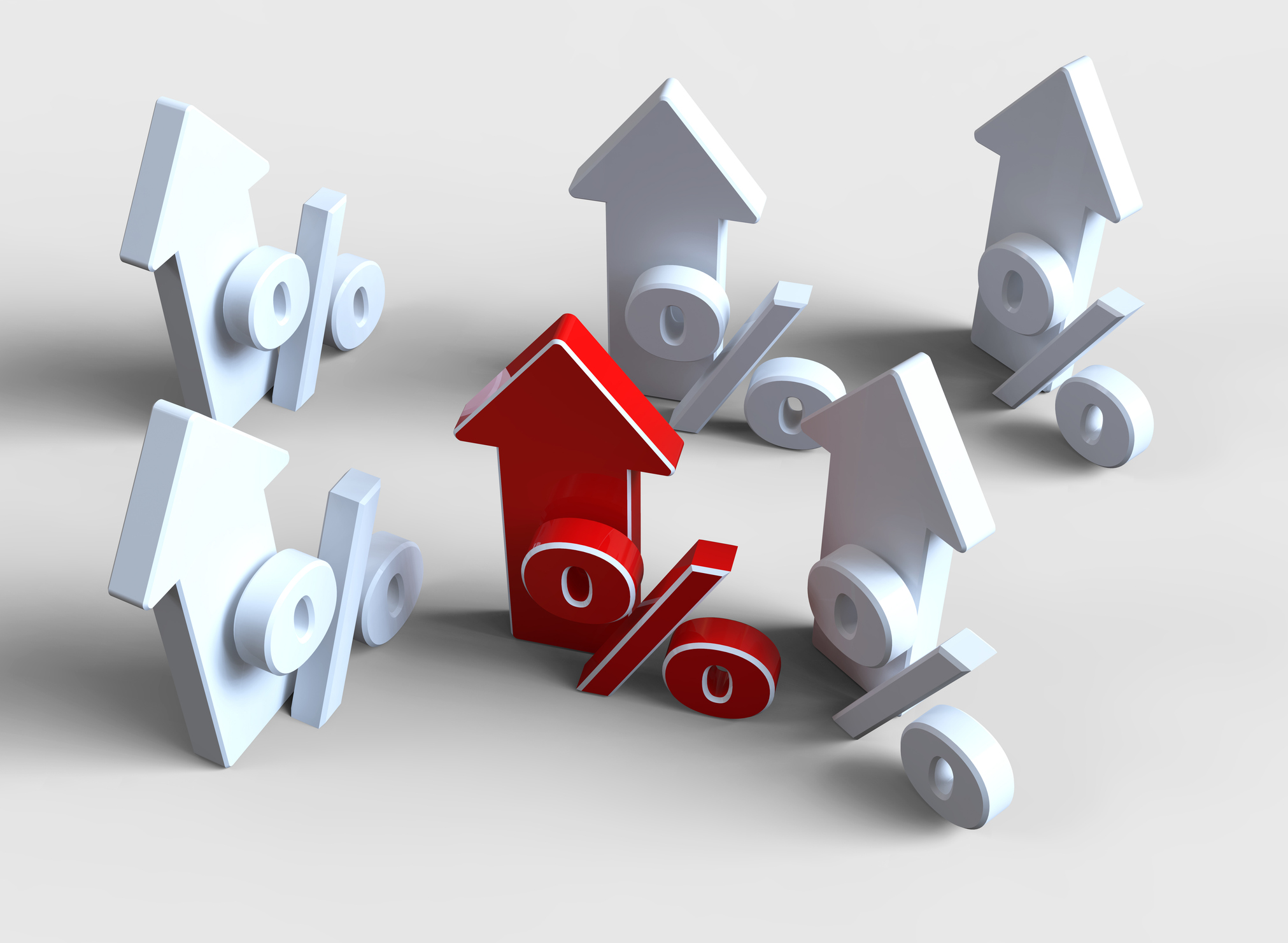

There's no single "right" way to be a dividend investor. Some folks want to focus on long-term growth by prioritizing companies with decades-spanning track records of uninterrupted dividend increases.
Others zero in on quality, favoring firms with sustainable payout ratios and strong balance sheets that are less likely to cut their dividends.
A third approach is to target stocks with above-average yields compared to their sector or the broader market.
Exchange-traded funds (ETFs) offer many ways to implement this strategy, but not all high-yield ETFs are built the same. Understanding the key differences is essential before investing.
Understanding high-yield ETFs
High-yield ETFs are built to deliver more income than broad-market index funds. They achieve this by using rules-based frameworks that select stocks with above-average payouts.
For example, a simple version may start with an index such as the S&P 500, then filter for the highest-yielding stocks, say, the top 25% based on trailing 12-month dividend yields. From that group, the ETF constructs a portfolio. But even this approach comes with nuance.
Some funds weight holdings by dividend yield or by total cash dividends paid. Others try to avoid "yield traps," which are stocks with unsustainably high yields.
Many also cap the weight of individual stocks or sectors to keep the portfolio diversified and reduce concentration.
Beyond higher income, this strategy tends to come with other side effects. One is a tilt toward value stocks. That's because yield is calculated as dividends divided by share price, so when a stock's price falls, its yield rises.
As a result, high-yield screens often select companies that are trading at lower valuations.
However, high-yield ETFs also tend to lag the broad market during periods when growth stocks are leading.
That's because many top-performing companies, especially in technology sector, either don't pay dividends or offer very low yields, meaning they get excluded from high-yield strategies.
Finally, in taxable accounts, high-yield ETFs can face a drag. Every time a dividend is paid, it triggers a tax liability, making these funds better suited for tax-sheltered accounts like a Roth IRA.
How we chose the best high-yield ETFs
We focused on U.S.-listed high-yield ETFs that generate income from actual stock dividends and not derivatives such as covered calls. We also left out international dividend ETFs to keep the universe simple, cheap and tax efficient.
From there, we applied two core screens. First, we capped the expense ratio at 0.40%, to ensure investors keep more of the income generated.
Second, we required at least $1 billion in assets under management (AUM) as a proxy for investor trust, stability and issuer track record.
These filters helped narrow the field to ETFs that not only deliver high income but are also scalable, liquid and cost-effective additions to a long-term portfolio.
Dividend yields on equity funds represent the trailing 12-month yield, which is a standard measure for equity funds.
Data is as of August 13.
Exchange-traded fund (ticker symbol) | Dividend yield |
|---|---|
Vanguard High Dividend Yield ETF (VYM) | 2.6% |
SPDR Portfolio S&P 500 High Dividend ETF (SPYD) | 4.5% |
iShares Core High Dividend ETF (HDV) | 3.4% |
Schwab U.S. Dividend Equity ETF (SCHD) | 3.9% |
WisdomTree U.S. High Dividend Fund (DHS) | 3.5% |
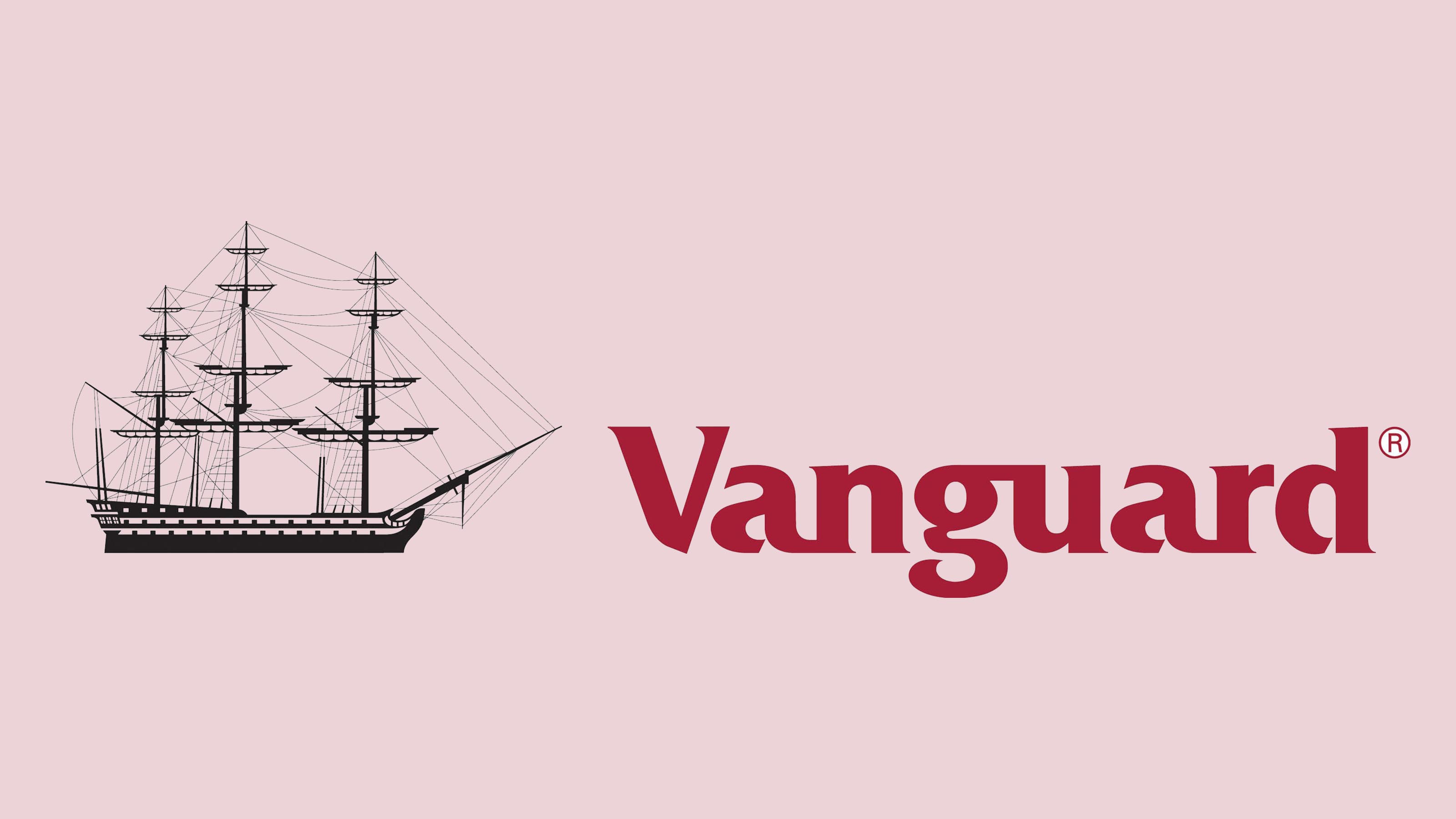
Vanguard High Dividend Yield ETF
- Assets under management: $61.1 billion
- Expense ratio: 0.06%, or $6 annually on every $10,000 invested
- Dividend yield: 2.6%
The Vanguard High Dividend Yield ETF (VYM, $137.58) tracks the FTSE High Dividend Yield Index, which includes U.S. companies with forecast forward dividend yields above the 55th percentile of its selection universe.
To improve tax efficiency, the index also excludes real estate investment trusts (REITs).
VYM currently holds a broadly diversified portfolio of 582 stocks with a market cap-weighted approach and reported turnover of 13%.
The high-yield leans heavily into financial, health care, and industrial stocks, giving it a mild value and quality tilt without sacrificing diversification.
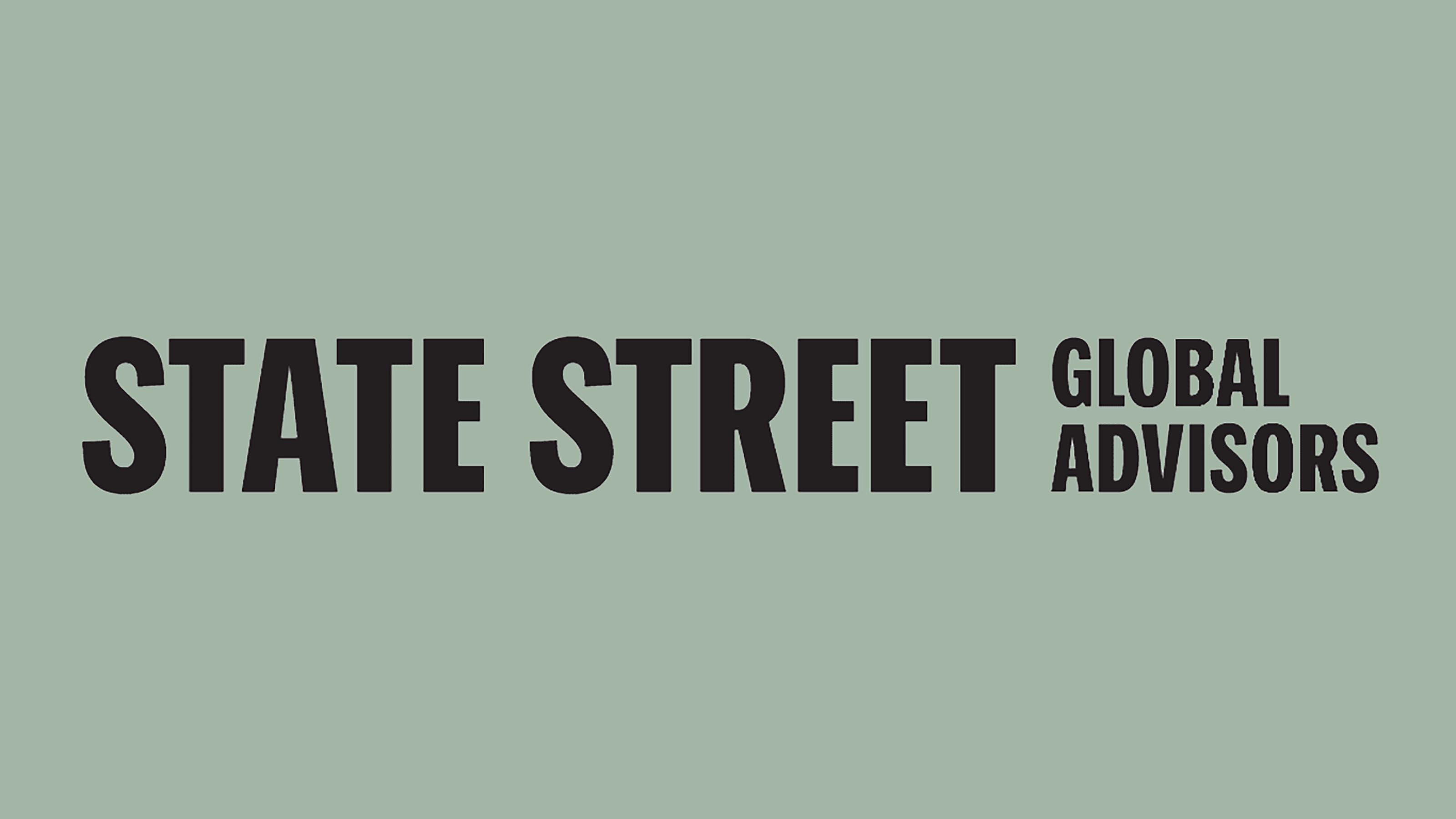
SPDR Portfolio S&P 500 High Dividend ETF
- Assets under management: $6.9 billion
- Expense ratio: 0.07%
- Dividend yield: 4.5%
The SPDR Portfolio S&P 500 High Dividend ETF (SPYD, $44.14) takes a straightforward approach to its strategy.
It starts with the S&P 500, already screened for size, revenue, profitability and liquidity then selects 80 stocks with the highest dividend yields.
Those stocks are equally weighted and rebalanced twice a year.
SPYD offers a higher yield than broader funds such as VYM but with trade-offs. For one, it holds no more than 80 names, making it far less diversified.
The high-yield ETF also includes a 21.6% allocation to REITs, which can reduce tax efficiency.
Sector-wise, it leans heavily into consumer staples stocks (17.9%) and utilities (13.1%), giving it a much different profile than the overall S&P 500 for better or worse.
Learn more about SPYD at the State Street Global Advisors provider site.
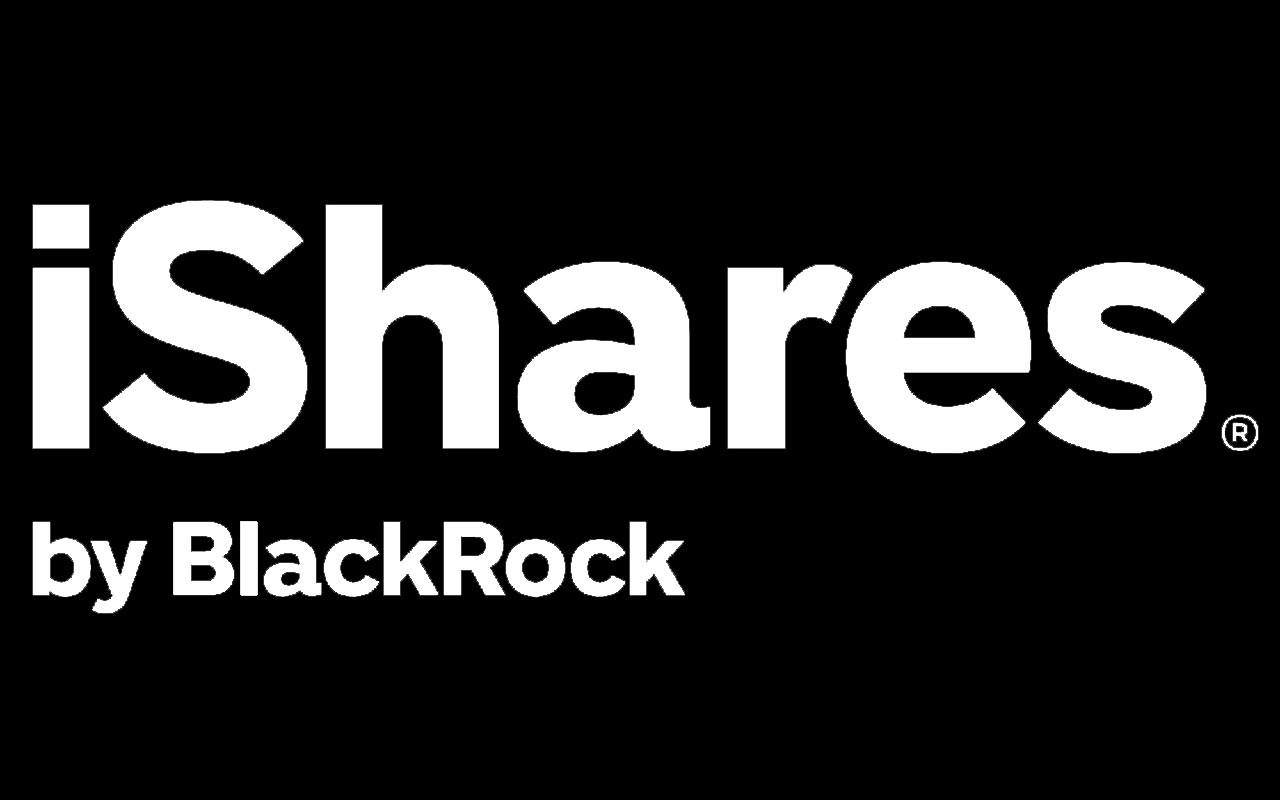
iShares Core High Dividend ETF
- Assets under management: $11.3 billion
- Expense ratio: 0.08%
- Dividend yield: 3.4%
The iShares Core High Dividend ETF (HDV, $121.62) tracks the Morningstar Dividend Yield Focus Index, which incorporates a more qualitative approach than most dividend benchmarks.
Stocks are selected based on three proprietary Morningstar ratings: Economic Moat Rating (to identify companies with durable competitive advantages); Uncertainty Rating (to assess the range of potential valuation outcomes); and Distance to Default Score (a measure of volatility and leverage).
HDV excludes REITs and holds a concentrated portfolio of about 75 stocks, weighted by trailing 12-month dividends paid.
Currently, it leans heavily into health care stocks (22.8%), energy (21.4%) and consumer staples (19.6%). The index's strict rules result in high reported turnover of 82%, making this a surprisingly active ETF despite its passive label.
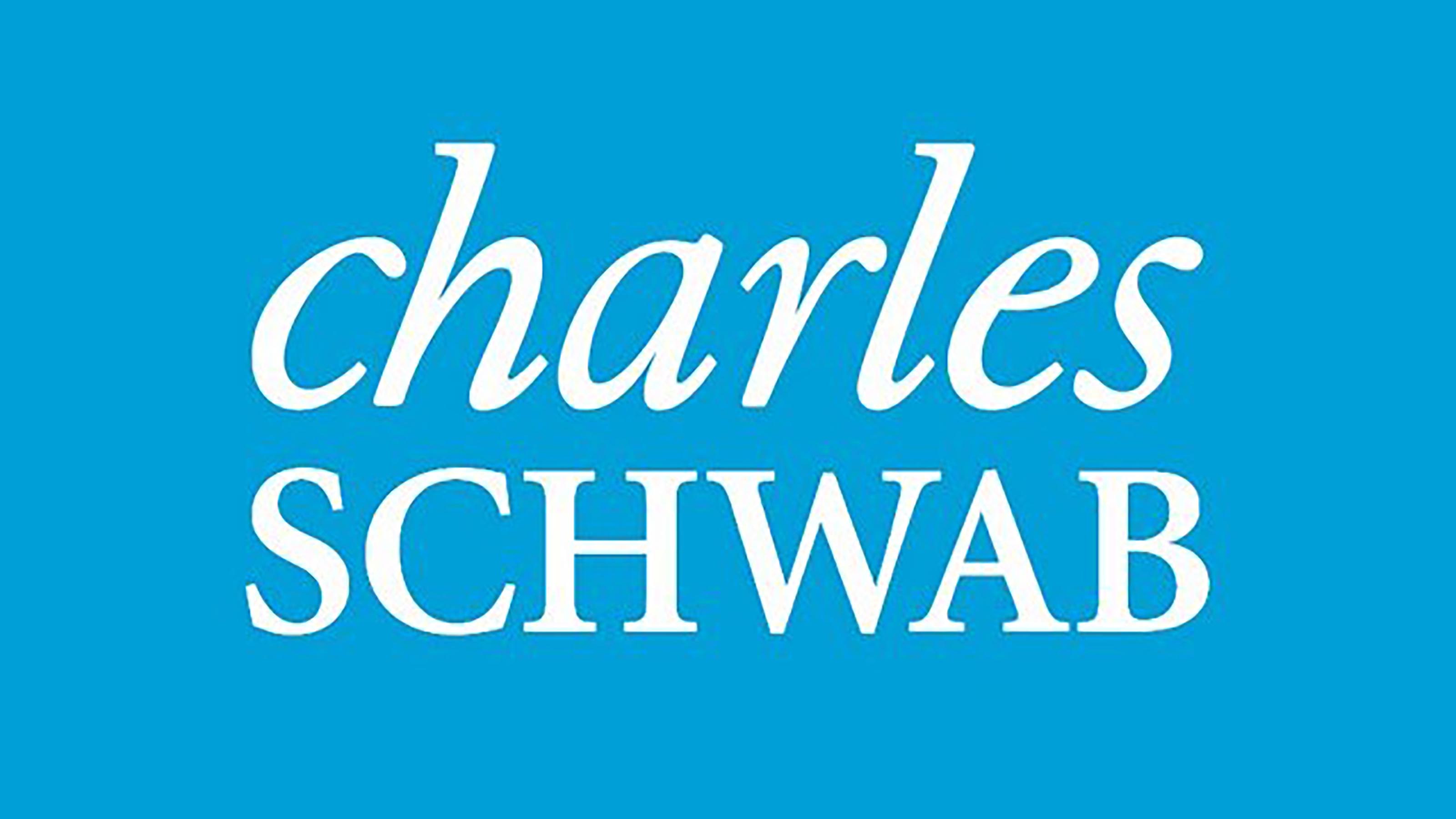
Schwab U.S. Dividend Equity ETF
- Assets under management: $70.4 billion
- Expense ratio: 0.06%
- Dividend yield: 3.9%
The Schwab U.S. Dividend Equity ETF (SCHD, $27.46) isn't specifically billed as a high-yield ETF, but its strategy delivers above-average income downstream from quality and growth filters.
The multifactor approach makes SCHD one of the most well-rounded and best-performing dividend ETFs available right now.
SCHD tracks the Dow Jones U.S. Dividend 100 Index, which starts by selecting companies with at least 10 consecutive years of dividend payments.
It then applies a composite screen based on free cash flow to total debt, return on equity, dividend yield and five-year dividend growth.
The resulting portfolio is weighted by market cap, with 4% limits for individual stocks and 25% for sectors.

WisdomTree U.S. High Dividend Fund
- Assets under management: $1.3 billion
- Expense ratio: 0.38%
- Dividend yield: 3.5%
The WisdomTree U.S. High Dividend Fund (DHS, $99.88) tracks a fundamentally weighted index.
So instead of using market cap, DHS weights holdings based on the total cash dividends each company is projected to pay, adjusted by a composite risk score that accounts for value, quality and momentum.
Companies scoring higher receive a larger weighting, while those with weaker fundamentals are scaled down.
The portfolio is tilted toward consumer staples (20.0%), health care (19.8%), and financial stocks (19.7%).
DHS also pays dividends monthly, an added perk for income-focused investors.
Learn more about DHS at the WisdomTree provider site.
Related content
Profit and prosper with the best of Kiplinger's advice on investing, taxes, retirement, personal finance and much more. Delivered daily. Enter your email in the box and click Sign Me Up.
Tony started investing during the 2017 marijuana stock bubble. After incurring some hilarious losses on various poor stock picks, he now adheres to Bogleheads-style passive investing strategies using index ETFs. Tony graduated in 2023 from Columbia University with a Master's degree in risk management. He holds the Certified ETF Advisor (CETF®) designation from The ETF Institute. Tony's work has also appeared in U.S. News & World Report, USA Today, ETF Central, The Motley Fool, TheStreet, and Benzinga. He is the founder of ETF Portfolio Blueprint.
-
 S&P 500 Hits New High on Jobs Friday Eve: Stock Market Today
S&P 500 Hits New High on Jobs Friday Eve: Stock Market TodayThe S&P 500 hit a new all-time closing high and most of the stocks in the Dow Jones Industrial Average were up the day before a critical jobs report.
-
 New $6,000 'Senior Bonus' Deduction: What It Means for Taxpayers Over Age 65
New $6,000 'Senior Bonus' Deduction: What It Means for Taxpayers Over Age 65Tax Changes If you’re an older adult, a new bonus tax deduction could provide a valuable tax benefit. Here's how it works.
-
 S&P 500 Hits New High on Jobs Friday Eve: Stock Market Today
S&P 500 Hits New High on Jobs Friday Eve: Stock Market TodayThe S&P 500 hit a new all-time closing high and most of the stocks in the Dow Jones Industrial Average were up the day before a critical jobs report.
-
 SPACs, SMRs and How to Invest in the Nuclear Insurgency
SPACs, SMRs and How to Invest in the Nuclear InsurgencyBig nuclear deployments are in process, but small modular reactors could be a better way to meet rapidly rising electric power demand.
-
 10 Ways to Stay Safe From Grandparent Scams and Other Fraud, Courtesy of a Financial Planner
10 Ways to Stay Safe From Grandparent Scams and Other Fraud, Courtesy of a Financial PlannerScams are increasingly hard to detect, and anyone can be fooled, from older people to educated professionals. Here are 10 ways to avoid becoming a victim.
-
 This Is How the Student Loan Bubble Is Primed to Pop, From a Student Funding Expert
This Is How the Student Loan Bubble Is Primed to Pop, From a Student Funding ExpertFueled by easy money, inflated tuition and high default rates, the student loan bubble mirrors the 2008 subprime mortgage crisis. We could be headed for a potential financial collapse. What can we do?
-
 Big Tech Names Rise Above Broad Weakness: Stock Market Today
Big Tech Names Rise Above Broad Weakness: Stock Market TodaySome familiar names enjoyed solid rallies on the resolution of outstanding questions, but macro uncertainty hangs over the broader market.
-
 Klarna IPO: Should You Buy KLAR Stock?
Klarna IPO: Should You Buy KLAR Stock?The Klarna IPO is expected to be one of the biggest offerings of the year, with the buy-now-pay-later firm expected to start trading next week.
-
 Alphabet Stock Pops After Google Antitrust Ruling: What to Know
Alphabet Stock Pops After Google Antitrust Ruling: What to KnowGOOGL stock is soaring Wednesday after a judge ruled that Alphabet does not have to divest its Chrome browser.
-
 7 Mistakes to Avoid When You First Start Investing
7 Mistakes to Avoid When You First Start InvestingInvesting brings the opportunity to build wealth, but there are plenty of mistakes that can be made. Here are seven common ones and how they can be avoided.

